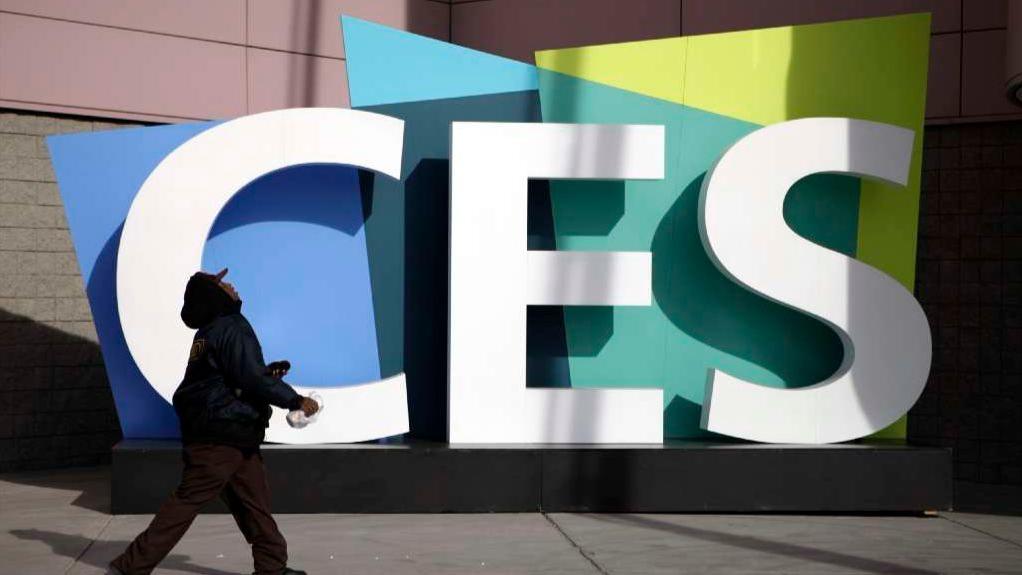By Mike Freeman
The San Diego Union-Tribune
WWR Article Summary (tl;dr) “CES”, the consumer electronics extravaganza in Las Vegas attracts about 4,000 exhibitors. From wearables to 8k TVs, columnist Mike Freeman takes a look at the products attracting the most buzz this year.
The San Diego Union-Tribune
Every year one or two breakout technologies capture the imagination of consumers.
Eighteen months ago, it was Pokemon Go, the first augmented reality mobile app to really catch fire. A few years before that, it was 3-D printers.
Last year, it clearly was digital assistants, Amazon Echo, Google Home and others, that tapped cloud-connected artificial intelligence to respond to voice commands.
These smart speakers have set the stage for voice control to become a table-stakes feature in a host of gadgets.
And that will probably be a key theme at this year’s CES, the consumer electronics extravaganza next week in Las Vegas.
“Last year, Amazon seemed to dominate in terms of intelligent assistants or intelligent speakers,” said Gary Shapiro, head of the Consumer Technology Association trade group, which puts on the show. “It has been one of the breakaway products for the year. There is a fourth (sales) channel now. You talk to your speaker, and it buys stuff for you.”
CES is a bit of a hodgepodge, but on a huge scale. There’s a little bit of everything, smart beds, virtual reality headsets; 360-degree cameras, TV screens so sharp it’s hard to look away, powerful gaming computers and a self-driving shuttle bus that taps computing power from IBM’s Watson.
CES attracts about 4,000 exhibitors. More than 184,000 product buyers, industry analysts and journalists attended last year. Attendees came from 150 countries. The show is not open to the general public.
New at CES this year is a section dedicated to Smart Cities technologies, with more than 40 exhibitors featured. In addition, a new Sports Zone highlights technologies for athletes, arenas and e-sports, with 18 exhibitors.
Here is a look at some trends expected this year:
–– 8K TVs: Not long ago, ultra-high definition 4K TVs were considered the biggest thing on a small screen. But this year, 4K could make way for an even sharper resolution, 8K screens.
“I think we will probably see at CES the first concrete product announcements around 8K,” said Paul Gagnon, a display technology analyst with IHS Markit. “They will be pricey. There won’t be many of them. But I expect to see them.”
TV makers are pushing 8K to combat falling prices for 4K.
“I am impressed by the fact that a 55-inch (4K) OLED TV is on sale right now for around $1,500, and that was a $4,000 product not too many years ago,” Gagnon said.
While there isn’t 8K content available right now, there are 8K cameras on the market, and some movie studios have begun shooting content using the technology. Moreover, the next generation of broadcast television standards supports 8K.
The higher resolution means consumers can sit closer to very large screens, 65 inches and larger, without seeing pixels, creating a cinematic experience at home, Gagnon said.
“The trend has been significantly shifting toward larger screen sizes for the past few years,” he said. “So 65 inches is about the smallest screen size we’ll see in 8K TVs.”
–– Artificial intelligence: Amazon’s Alexa platform signals that many more devices will tap artificial intelligence.
“In the end, it is hard to imagine that not being a key trend, artificial intelligence and voice commands being embedded in all kinds of devices,” said Ignacio Contreras, director of communications at Qualcomm.
How many such devices will be ready at this year’s CES is not clear, as is whether consumers will embrace the idea that their refrigerator, TV or other gadgets are listening to them, or think the technology is creepy.
Vizio, for example, paid a fine to regulators last year for installing software on 11 million internet-connected TVs that tracked viewing habits, which the company subsequently sold to marketers.
“The idea of a TV always listening to you waiting for voice commands scares some people,” Gagnon said. “When you buy an Amazon Echo or Google Home, you buy it very intentionally. You know that this device is listening to you. But when you buy a smart TV, you may not want that.”
–– 5G:
No products will be announced at this year’s CES with 5G technology, which promises fiber-optic-like wireless download speeds, capacity for billions of connected gadgets and imperceptible transmission delays.
But 5G, with products expected next year, will be a hot topic at this year’s show because it has the potential to be game-changing.
“The way 5G is designed to be not only mobile broadband but to be able to connect multiple devices and have extreme low latency and high reliability really sets the stage for a broader impact of cellular across all these different industries,” said Pete Lancia, a spokesman for Qualcomm, which has been working on 5G technology for a decade.
–– Wearables:
The market for smart watches and activity trackers has become very competitive over the past couple years, and that’s not expected to change. The top remaining players _ Apple, Fitbit, Garmin, Samsung and fashion watchmaker Fossil, are adding capabilities to lure buyers.
“A lot of what is coming out, particularly from Fitbit and Apple, is releasing the most robust health and fitness software and feature packages,” said Jackson Somes, an analyst at San Diego market research firm Gap Intelligence.
Development work continues on other wearable technologies, such as connected clothing and running shoes, Somes said.
“The trend of gathering data, viewing it on a platform and being able to refine workouts from data you collect from what you wear is not going away,” he said. “So we’re going to keep throwing the internet and tracking into whatever we can.”














































































































































































































































































































































































